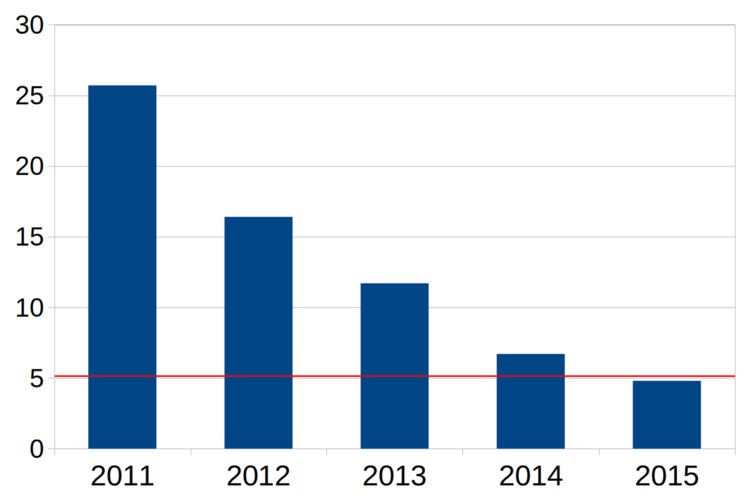 | ||
Artificial intelligence applications have been used in a wide range of fields including medical diagnosis, stock trading, robot control, law, scientific discovery and toys. However, many AI applications are not perceived as AI: "A lot of cutting edge AI has filtered into general applications, often without being called AI because once something becomes useful enough and common enough it's not labeled AI anymore." "Many thousands of AI applications are deeply embedded in the infrastructure of every industry." In the late 1990s and early 21st century, AI technology became widely used as elements of larger systems, but the field is rarely credited for these successes.
Contents
To allow comparison with human performance, artificial intelligence can be evaluated on constrained and well-defined problems. Such tests have been termed subject matter expert Turing tests. Also, smaller problems provide more achievable goals and there are an ever-increasing number of positive results.
Performance evaluation
In his famous Turing test, Alan Turing picked language, the defining feature of human beings, for its basis. But there are many other useful abilities that can be described as showing some form of intelligence. This gives better insight into the comparative success of artificial intelligence in different areas.
In what has been called the Feigenbaum test, the inventor of expert systems argued for subject specific expert tests. A paper by Jim Gray of Microsoft in 2003 suggested extending the Turing test to speech understanding, speaking and recognizing objects and behavior.
Broad classes of outcome for an AI test may be given as:
